
The cowboy's trade required a variety of specialized tools and accessories. 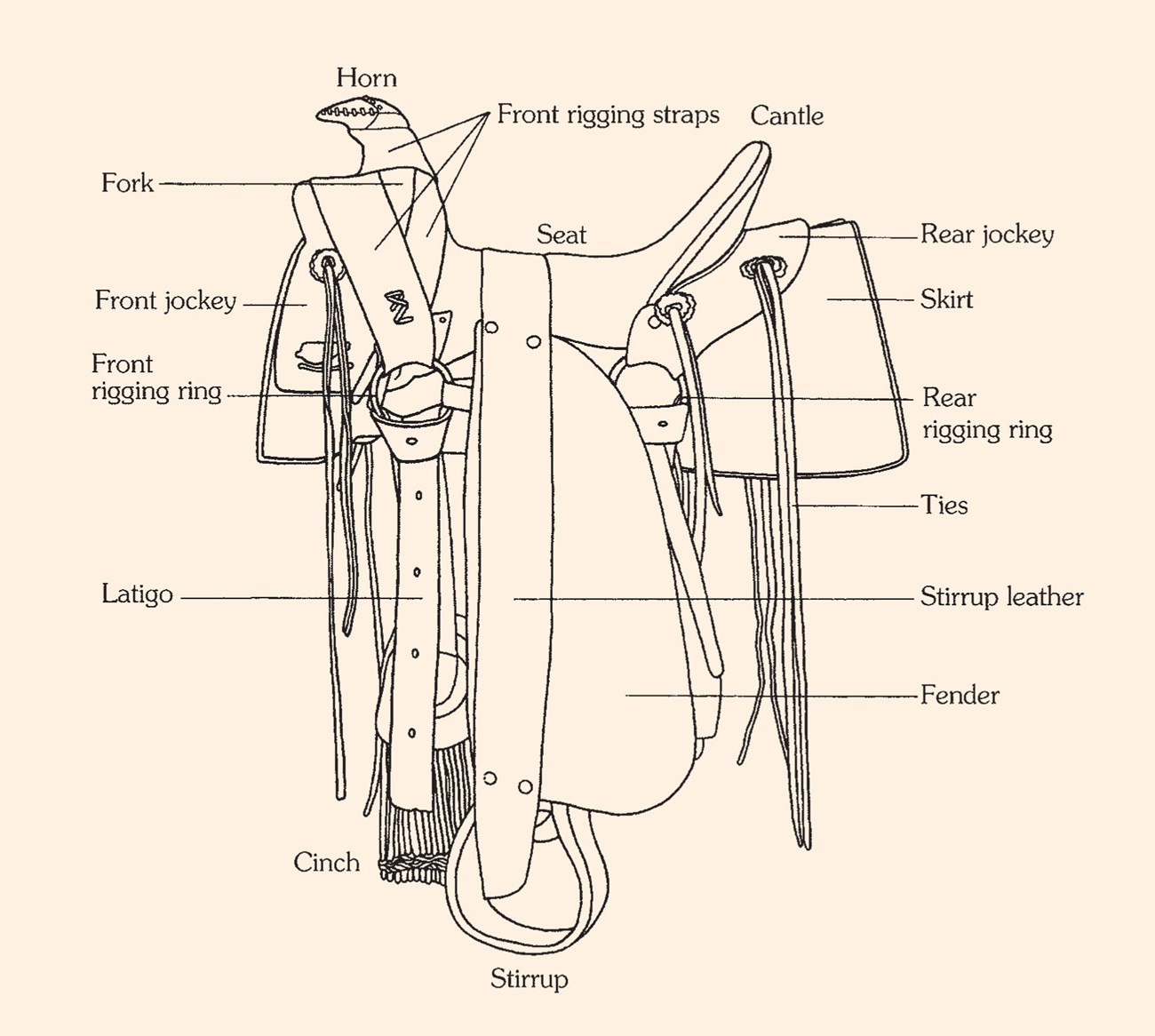
Next to the horse itself, the saddle was the cowboy’s most important and finest tool. The saddle was the personal property of the cowboy, while the horse was usually provided by the cowboy’s employer. A quality saddle was also important to the horse, as a good cowboy could ride up to 70 miles in a single day and have a healthy horse at the end. A poor saddle could make a horse sore in an hour. 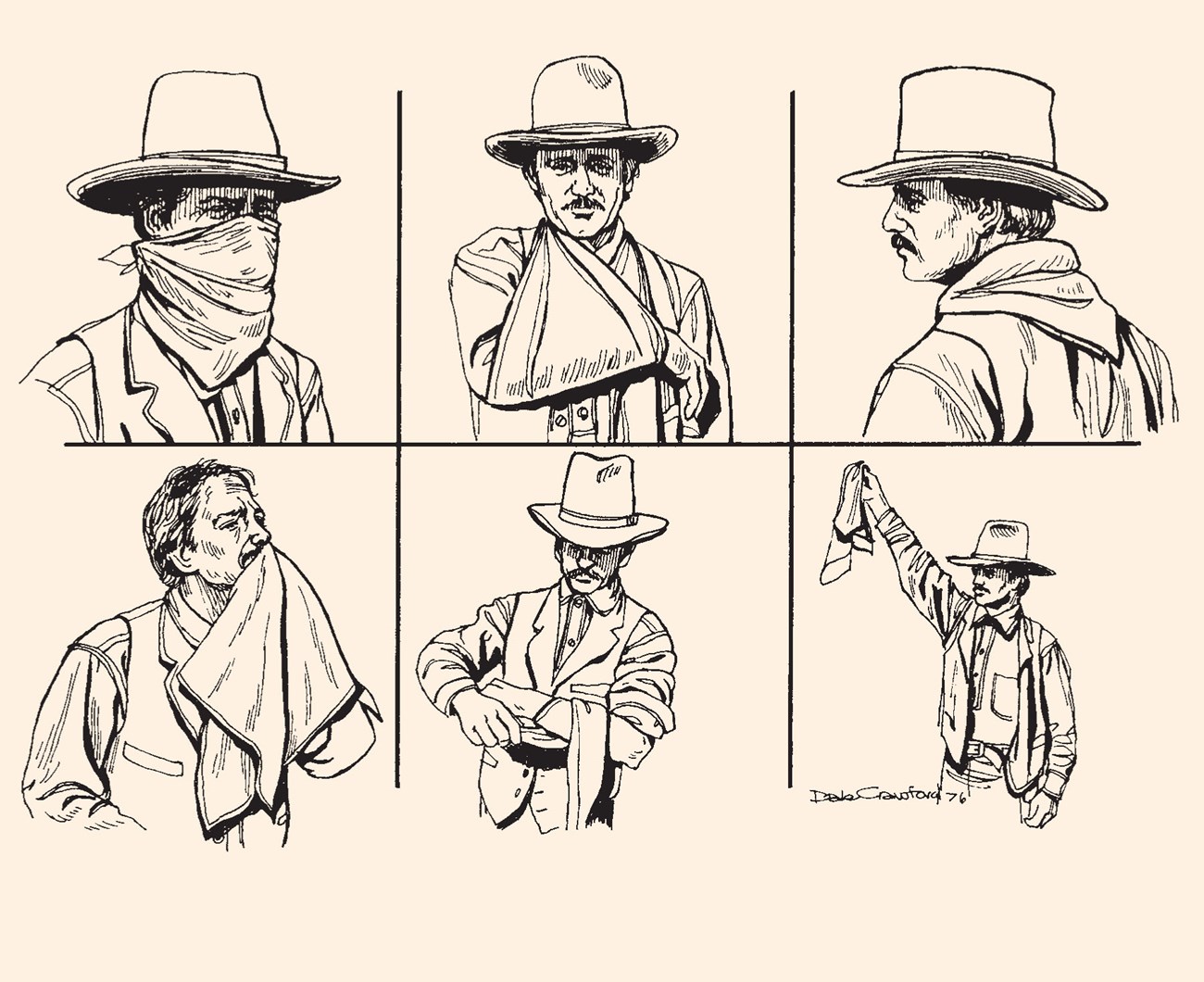
The kerchief had many uses, including dust mask, splint, as a covering to keep the hot sun off the cowboy’s neck, washcloth, and bandage. It could also be used to signal other cowboys some distance away. 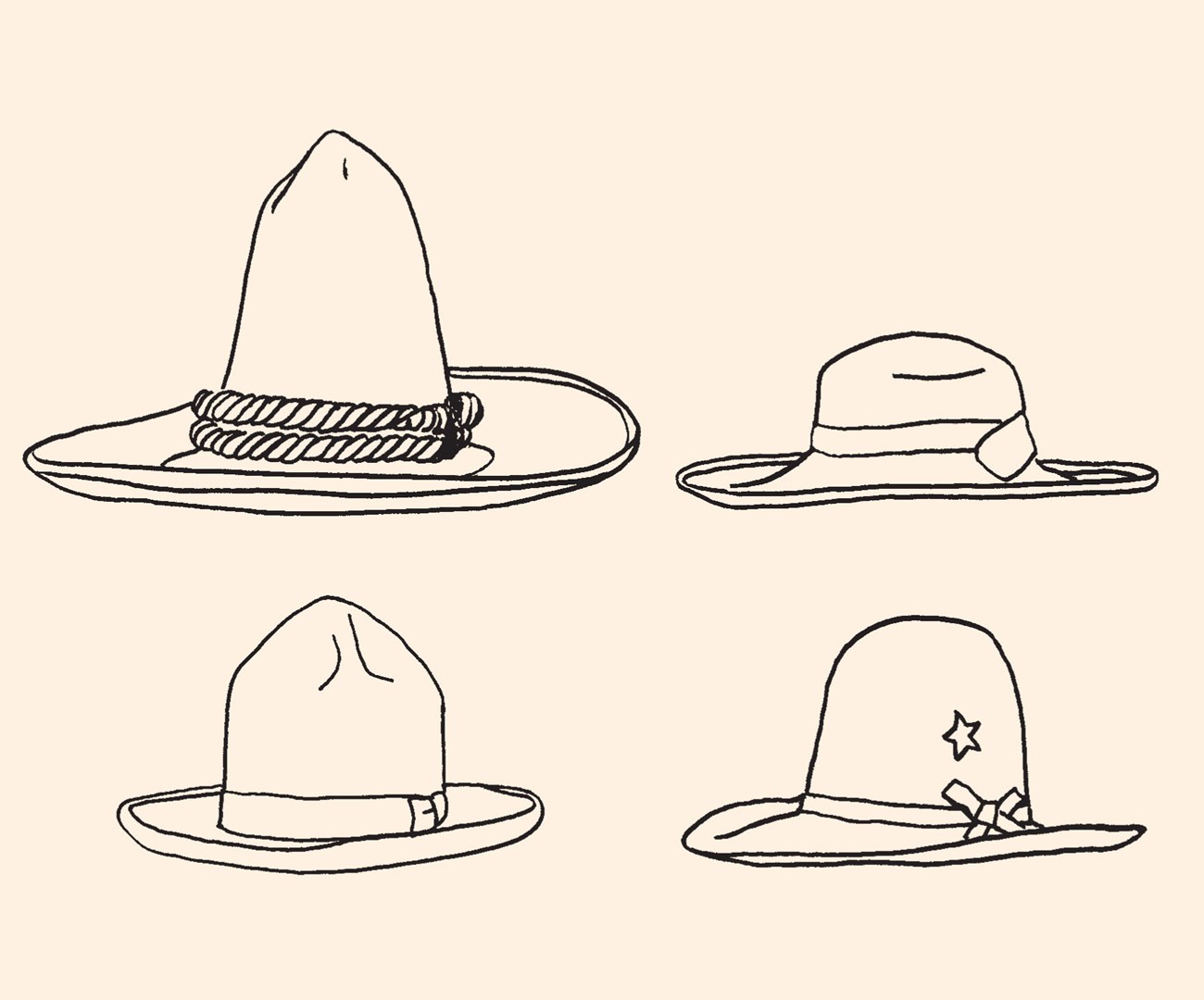
The cowboy’s hat was used to keep the sun and rain off the cowboy’s head and out of his eyes. While there were nearly as many styles of hats as there were cowboys, generally in the Southwest, like here at Pipe Spring, a cowboy’s hat had a wide brim for shade and a tall, peaked crown for cooling. 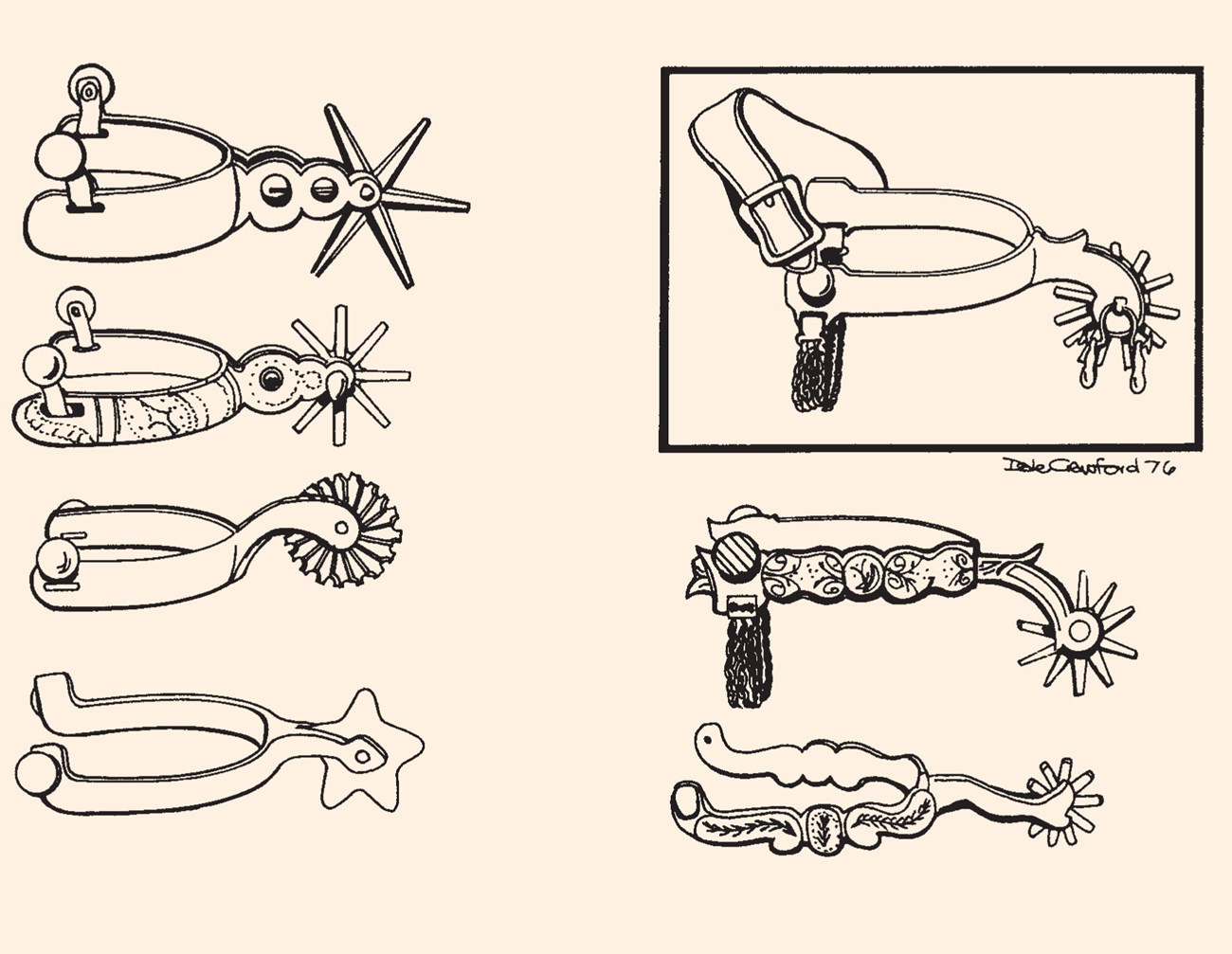
Spurs were used to signal a horse to quick action, in such tasks as cutting and roping. Generally, the cowboy’s first task after purchasing his spurs was to file the sharp points of the rowel until they were blunt, so as not to injure his horse. Some slang terms for spurs were: “Persuaders,” “Can Openers,” “Diggers,” “Grapplin’ Irons” and “Gut Hooks.” A derogatory term for cheap spurs was “Tin Belles.” 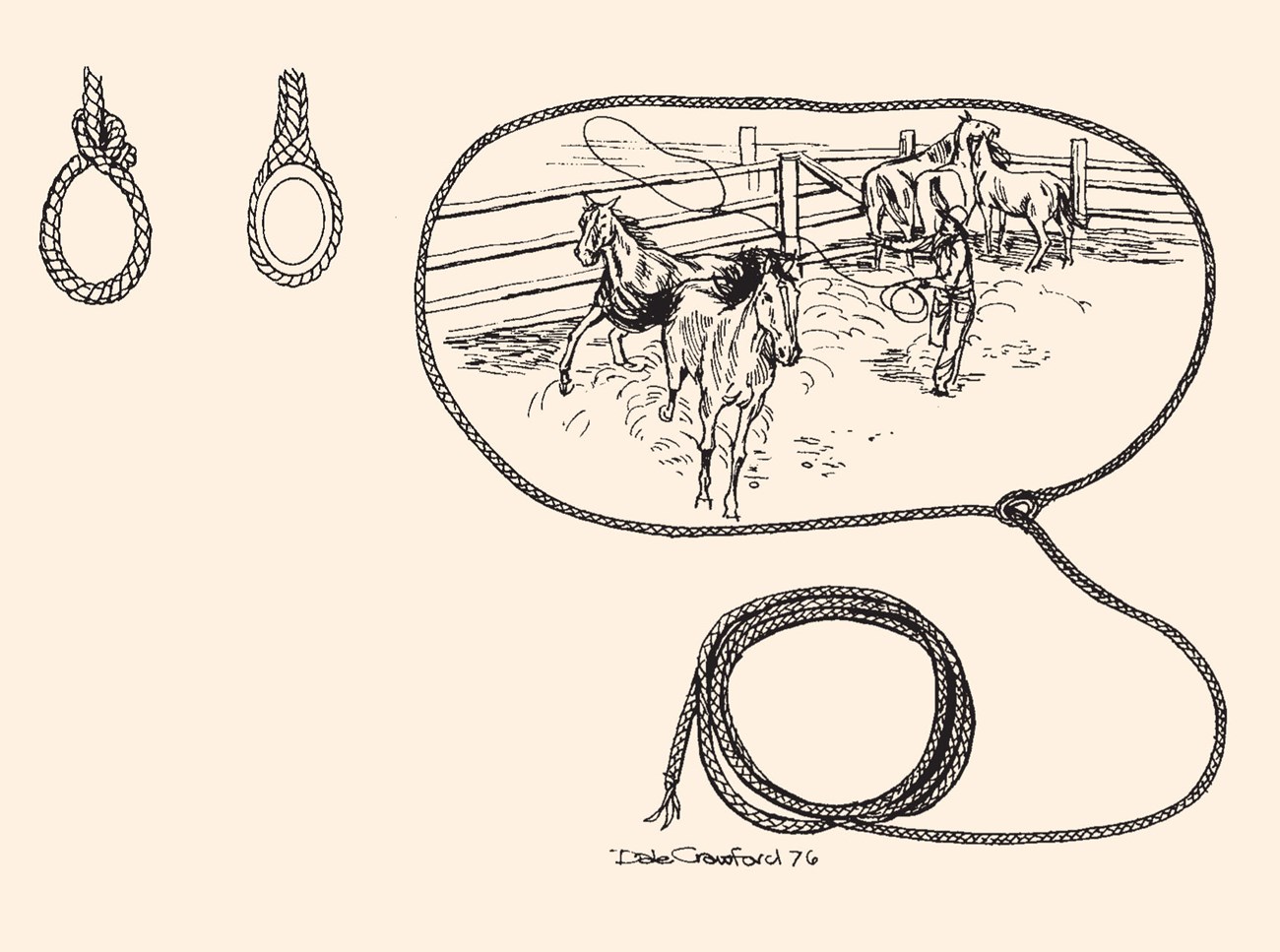
The Spanish or Mexican vaquero usually used a rope made from braided rawhide. Since this was expensive and somewhat fragile, most American cowboys used a rope of tough, twisted grass. The grass rope could be knotted easily, but a rawhide rope had to be spliced around a piece of cowhorn to form the honda (small loop, see above). 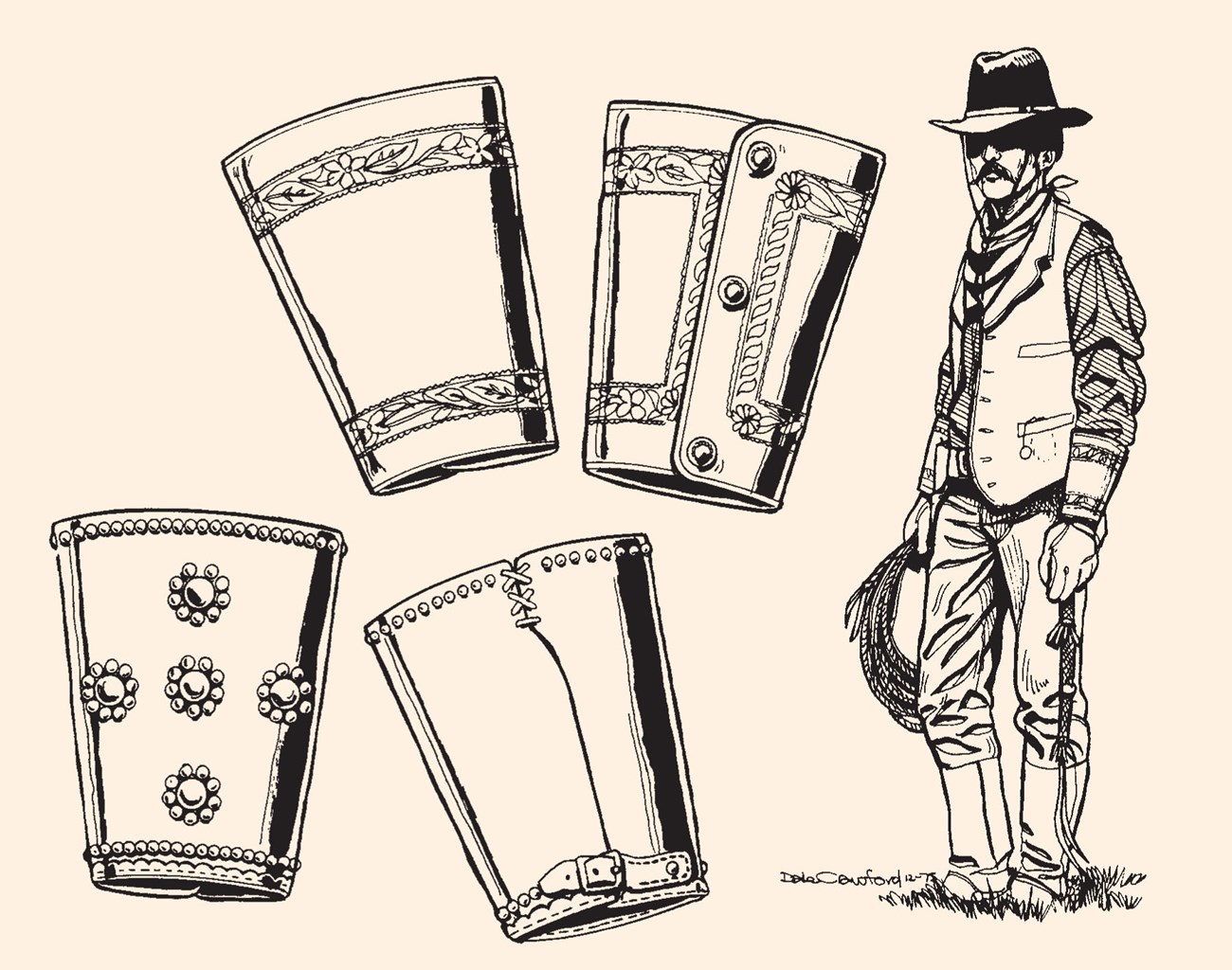
Many cowboys wore gauntlets, or cuffs, to protect their wrists from brush and from rope burn. Usually made of leather, cowboy gauntlets seem to have originated in Texas and declined in popularity after 1900.
|
Last updated: February 24, 2015
